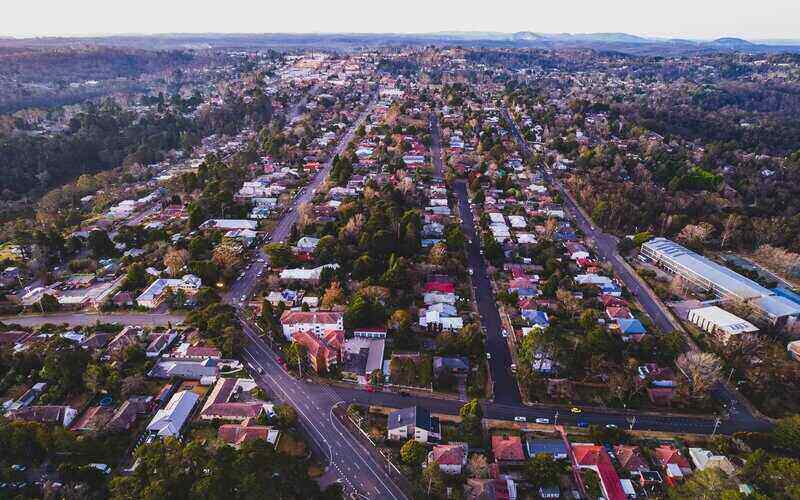According to PropTrack and Realestate.com.au, there was a record low number of properties available to rent in December 2023.
Listings were down 4.7% compared to the previous year, and more than 30% below the decade-average.
This follows CoreLogic's release last week, which revealed December also saw the median weekly rent in Australia exceed $600 for the first time.
The rental crisis is being felt most acutely in Australia's largest cities, and Cameron Kusher, Director of Economic Research at PropTrack, is not optimistic for the short term.
"It appears unlikely there will be any significant relief...in the major capital cities in the coming months," he said in PropTrack's report.
"We expect supply to remain tight and demand to stay strong, which is likely to push rents higher."
While the Federal Government has announced plans for the construction of 1.2 million new homes over the next five years to improve the housing supply, high interest rates and swelling construction costs have kept both approvals and commencements for new residential projects low.
Mr Kusher said that in the meantime, governments need to do more to increase the amount of existing properties available for rent.
"Solutions should encourage better utilisation of current properties and investment in the housing market, or support first-time buyers into homeownership, freeing up the rental stock they currently occupy," he said.
Will renting get any easier this year?
Some tenants are likely holding out hope for interest rate cuts in 2024, which could translate to less pressure in the rental market via renewed investor confidence promoting more listings and an easing in the growth of rental prices.
As the interest rates, and therefore monthly repayments, on investment home loans go up, landlords tend to pass the increases on to tenants, which has likely been a contributing factor to rental growth over the past eighteen months.
Economists from CommBank and Westpac currently expect rates will be kept on hold until September, when an easing cycle will begin, although upside surprises to inflation could see this change.
PRD Chief Economist Dr Diaswati Mardiasmo is expecting a stable cash rate and strong demand to keep the property market strong this year, with mixed consequences for renters.
"More buyers might be priced out of the market and looking to rent...[but] it also means we may see more investors coming back into the market, as the stable cash rate makes property investment financially viable again," Dr Mardiasmo told Savings.com.au.
"We would see a 'see-saw' of increased rental demand, but also increasing rental stock, so the question is where does it tip?"
There are already signs investor confidence is returning: the value of new loan commitments for property investment hit $9.7 billion in November '23 according to the ABS, the highest since June '22.
As interest rates went up, there was a sharp decline in property investment, but the trend has been upwards since bottoming out in February at around $7.7 billion.
Population growth is also set to slow after record migration in the 2023 financial year, which could moderate the situation from the demand side.
Net migration is projected to drop to 375,000 for 23/24, then 250,000 for 24/25, compared to about 520,000 over the twelve months to June 2023.
While continued undersupply still looks the most likely outcome for this year, Dr Mardiasmo does not expect a repeat of the challenges renters faced in 2023.
"If that rental see-saw means an increase in both demand and supply, we might see some stabilisation," she said.
"It will [likely] still be an undersupply, but at the very least it would be a stable undersupply, not getting worse."
Picture by Martin David on Unsplash

Ready, Set, Buy!
Learn everything you need to know about buying property – from choosing the right property and home loan, to the purchasing process, tips to save money and more!
With bonus Q&A sheet and Crossword!

